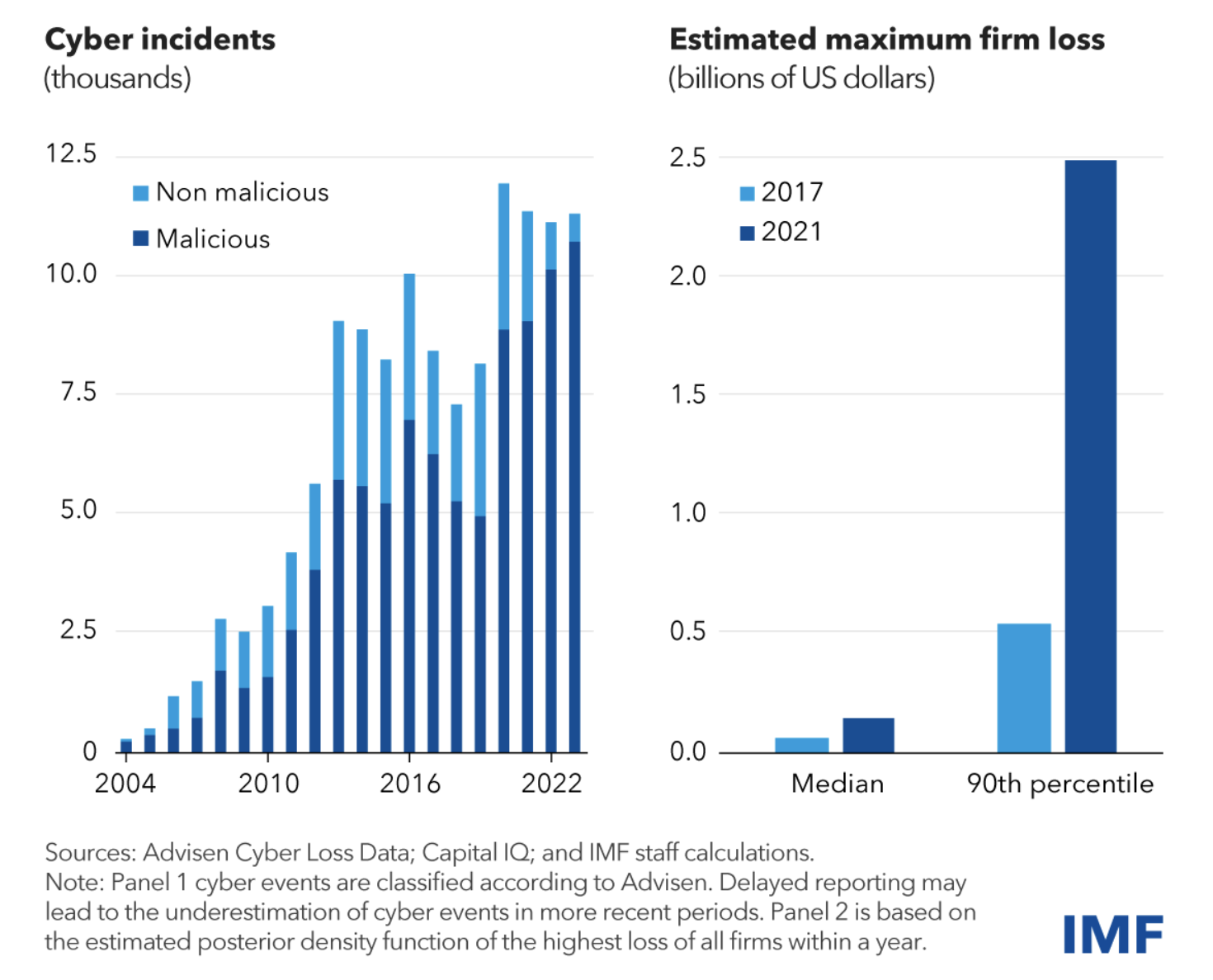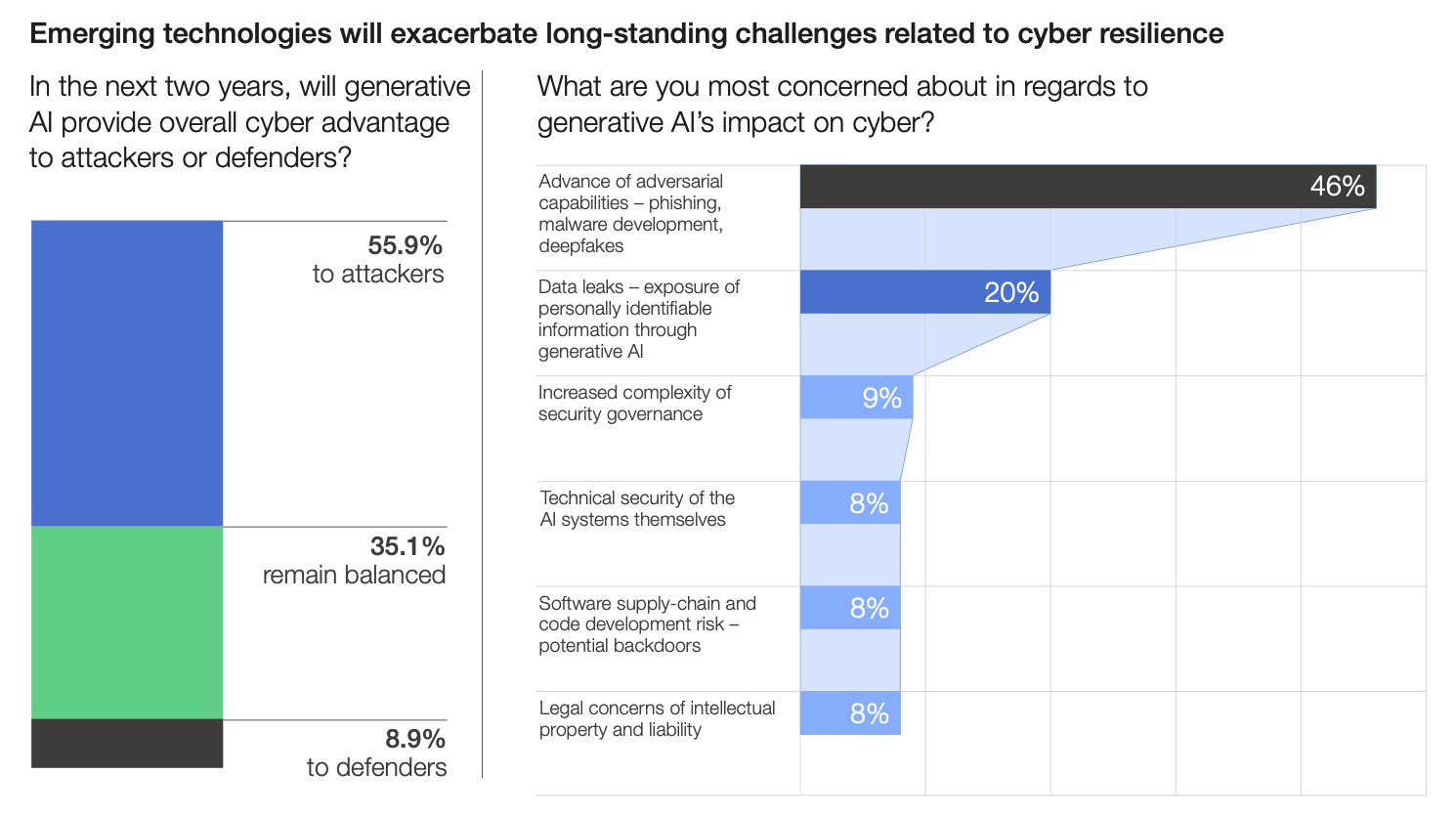Achieving Cybersecurity in Finance Through Collaborative Efforts

In the rapidly evolving landscape of financial technology, the convergence of innovative digital solutions and traditional financial services has presented unprecedented opportunities and challenges. Among the most critical challenges are cybersecurity and
data protection, which have become key focal points for fintech companies, financial institutions, and regulatory bodies. Addressing these issues requires a collaborative approach to ensure a resilient and trustworthy financial ecosystem.
Cybersecurity Challenges
The cybersecurity threat to the global financial system is a major concern shared by monetary authorities, financial institutions, and technology firms worldwide. A survey conducted by the International Monetary Fund (IMF) highlighted the pressing need
for better safeguards against mounting cyber threats across jurisdictions. The survey, which included 51 emerging markets and developing economies, revealed alarming gaps in cybersecurity preparedness. For instance, 56 per cent of the central banks or supervisory
authorities surveyed lacked a national cyber strategy for the financial sector.
Source: International Monetary Fund
The threat is both real and costly. According to data from Statista, the global cost of cybercrime is expected to surge over the next four years, rising from $9.22 trillion in 2024 to $13.82 trillion by 2028. The IMF states that attacks have doubled since
the pandemic, with cybercrime now rated as a critical risk to global financial security.

Source: International Monetary Fund
The financial industry is especially at risk from cyberattacks. Criminals often target financial institutions because of the large volume of sensitive data and transactions they handle. These incidents represent close to one-fifth of all cyberattacks, with
banks being primary targets. Furthermore, disruptions in essential services like payment networks could also have a severe impact on economic activity.
As technology advances, cybersecurity threats become multifaceted, ranging from sophisticated phishing attacks to complex ransomware operations and deepfake schemes. Even seemingly trustworthy communications can be compromised. Earlier in the year, a financial
worker at a multinational law firm in Hong Kong paid out $25 million after a video call with a deep fake finance officer. At the Annual Meeting on Cybersecurity
2024, attendees highlighted AI as a major challenge for cyber resilience.

Source:
Global Cybersecurity Outlook 2024
Digital dilemma
Fintech incorporation into banking ecosystems is on the rise as financial institutions recognise the benefits of collaboration. However, this integration brings complexity that, if not managed effectively, can introduce vulnerabilities into the system. The
adoption of new technologies such as the cloud, AI, the Internet of Things, or blockchain offers all sorts of opportunities to provide better value for customers. However, regulators, central banks, and large financial institutions have been wary of fully
embracing these technologies due to concerns about data security risks.
According to Teresa Walsh, global head of intelligence at FS-ISAC (the Financial Services Information and Analysis Center), “With more digital services comes an expansion of the attack surface and an increase in potential vulnerabilities to cyberattacks
and it is vital that the speed of new product and service offerings does not outstrip the speed of implementation of cybersecurity and anti-fraud measures, lest mass adoption result in mass risk.”
Fintech companies, as innovators, rapidly develop and implement cutting-edge security measures, although their swift growth can sometimes lead to underinvestment in comprehensive safeguards. Meanwhile, traditional financial institutions, with their extensive
expertise in risk management and established infrastructures, can offer advanced security technologies and knowledge. Lastly, regulatory bodies set and enforce data privacy and cybersecurity standards, ensuring adherence to best practices while fostering an
adaptive regulatory environment that evolves alongside technological advancements.
Given the financial sector’s high degree of interconnectedness, with fintechs, banks, and other institutions relying on each other’s services and data, the potential ramifications of cyberattacks are magnified. A successful breach targeting one entity can
lead to systemic disruptions and undermine confidence in the entire system. Collaboration within the industry enables the sharing of threat intelligence, best practices, and incident response strategies, thereby mitigating the risk of widespread damage and
bolstering overall cybersecurity resilience.
Key Areas for Collaborative Focus
Standardising protection protocols: Establishing standardised data protection protocols is crucial, involving industry-wide best practices for data encryption, anonymisation, and secure data storage. Regulatory bodies can lead in creating these standards,
while fintech companies and financial institutions ensure their implementation.
Enhancing intelligence sharing: Sharing threat intelligence is vital for preempting cyber threats. Real-time threat data sharing enables fintech companies and financial institutions to stay ahead of attacks, with regulatory bodies coordinating these efforts.
Implementing robust authentication mechanisms: Strong authentication mechanisms, such as multi-factor authentication and biometric verification, are essential for safeguarding user accounts. Collaboration can focus on developing and promoting these technologies
across the fintech ecosystem, enhancing overall security.
Promoting cybersecurity training and awareness: Cybersecurity is both a technological and human challenge. Continuous training and awareness programs for employees and customers are essential. Collaborative initiatives can develop standardised training modules
and awareness campaigns, ensuring a unified approach to cybersecurity education.
Regulatory sandboxes for innovation: Regulatory sandboxes provide a controlled environment where fintech companies can test new technologies and business models under regulator supervision. These sandboxes facilitate innovation while ensuring compliance
with regulatory requirements, creating a balanced approach to risk management.
Staying safe
In today’s landscape, it is hard to imagine financial services without the integration of the latest technology. This trend will only continue to grow, making it crucial to ensure everyone is secure and protected. Identifying and addressing new security
challenges efficiently is key to achieving this goal.
The interconnected nature of the sector highlights the need for collective action. Fintech companies, with their technological expertise, play a crucial role in collaborating with regulators and financial institutions to develop proactive cybersecurity strategies.
Amid mounting cyber threats, effective communication between all financial stakeholders is essential to mitigate risks and maintain trust in the financial system.
A unified approach fosters innovation while ensuring security and regulatory adherence. By working together, stakeholders can establish standardised protocols, enhance threat intelligence sharing, and promote cybersecurity awareness. This collaboration strengthens
the resilience of the financial sector and builds customer trust in an evolving digital landscape.
Balancing innovation and security through collective efforts allows fintech companies, financial institutions, and regulatory bodies to navigate digital transformation effectively, reinforcing the integrity of the financial ecosystem and delivering secure,
trusted financial services globally. Last, but not least – all stakeholders are fighting against the rising global costs of cybercrime.



